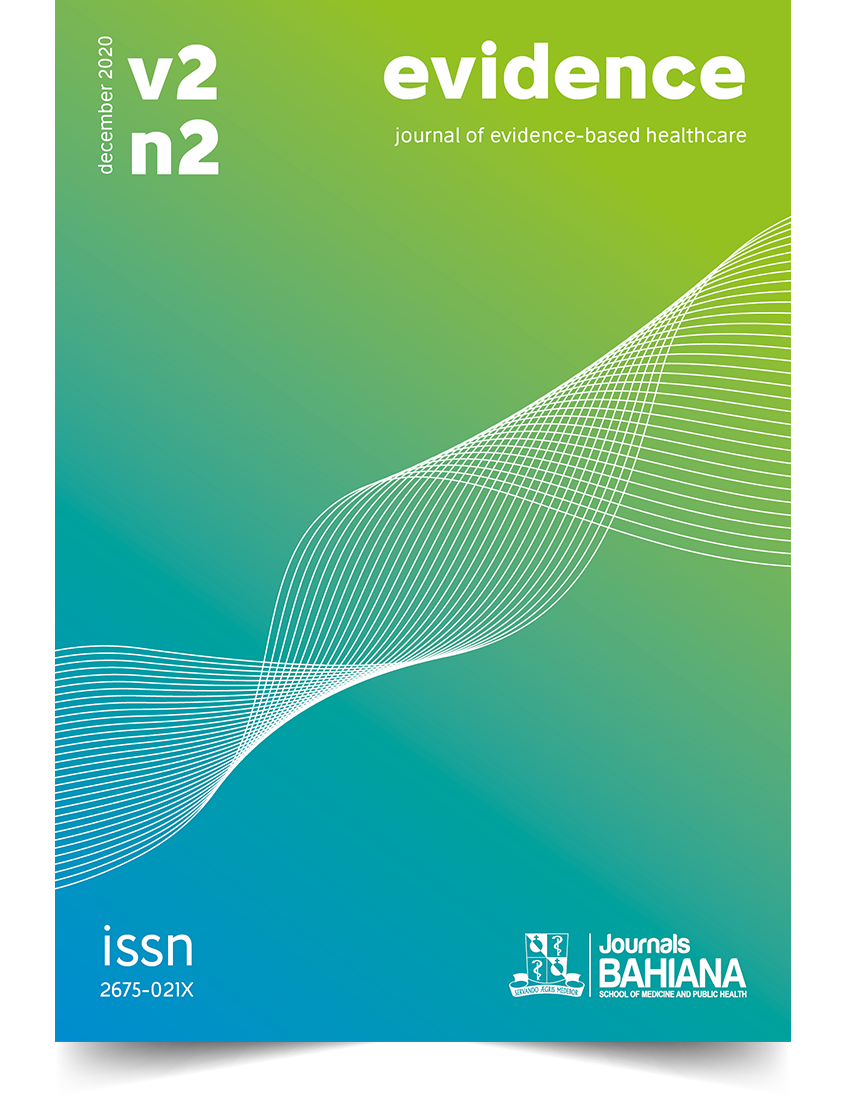The immediate effect of transcranial direct current stimulation combined with peripheral electrical stimulation in the control of temporomandibular pain in subjects with sickle cell disease: A protocol for one session randomized, crossover, double-blind clinical trial
DOI:
https://doi.org/10.17267/2675-021Xevidence.v2i2.2926Keywords:
Neuromodulation. Endogenous pain modulation. Sickle cell disease. Temporomandibular dysfunction.Abstract
INTRODUCTION: Temporomandibular disorder (TMD) is currently considered a central sensitization syndrome that belongs to the orofacial nociplastic pain group and offers great challenges for clinical practice. It can also be identified in individuals with sickle cell disease. Neuromodulation is a promising therapy that can help individuals with refractory chronic pain. To our knowledge, there is no treatment proposal for these individuals with chronic orofacial pain resulting from sickle cell disease. OBJECTIVE: This is a protocol of a randomized, double-blind, cross-over clinical trial. The purpose of this protocol is to investigate whether the immediate effect of transcranial direct current stimulation can be increased by adding the effect of peripheral sensory electrical stimulation. METHODS: Twenty women between 18 and 49 years of age will be screened to participate in this cross-over study where they will all receive the three types of protocol with a one-week washout. Active transcranial Direct Current Stimulation (tDCS) + active Peripheral Electrical Stimulation (PES); Active tDCS + PES sham and tDCS sham + PES sham. Stimulation with tDCS will be at 2 mA anodic over the motor cortex for 20 minutes ipsilateral to the most painful temporomandibular joint (TMJ). Peripheral electrical stimulation will be at 100 Hz over the most painful TMJ masseter muscle for 30 min. OUTCOME: The main outcome will be pain intensity assessed by VAS scale and by a pressure algometer in grams. In addition, endogenous pain modulation will be analyzed through the temporal summation of pain with Aesthesio precision tactile sensory filaments and conditioned pain modulation (CPM) evaluated by an algometer and thermal conditioned stimulus, as secondary outcomes. Data will be analyzed using ANOVA of repeated measures, controlling for confounding variables.
Downloads
Downloads
Published
Issue
Section
License
The authors retain copyrights, transferring to the Journal of Evidence-Based Healthcare only the right of first publication. This work is licensed under a Creative Commons Attribution 4.0 International License.



